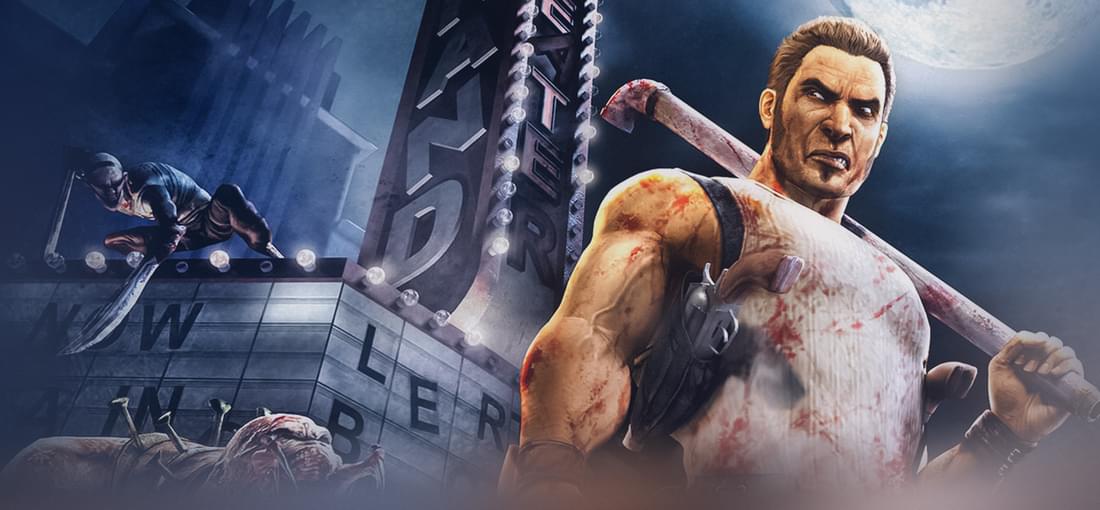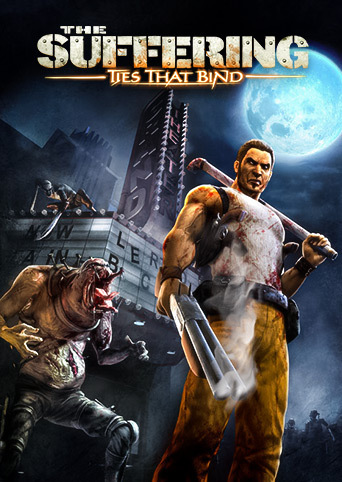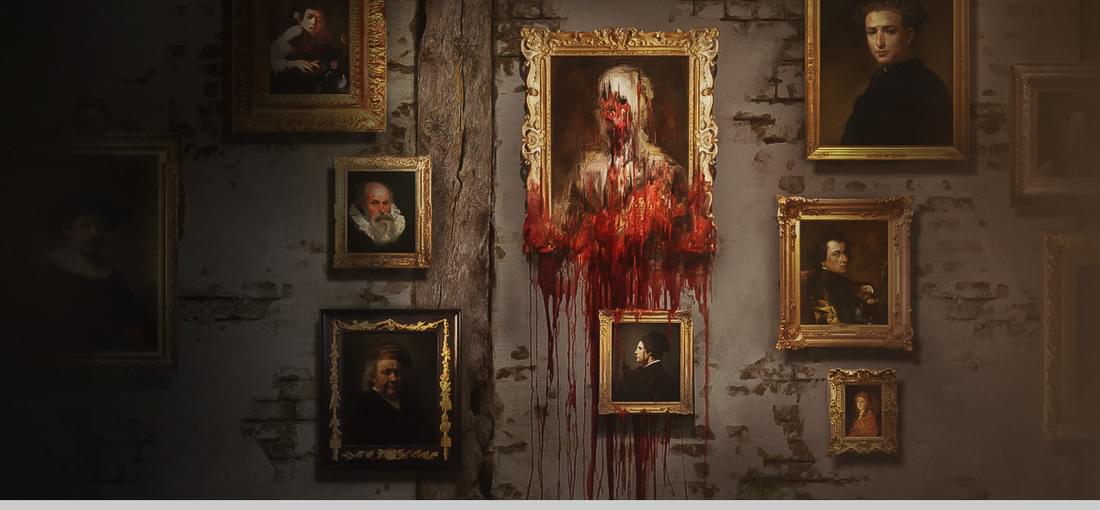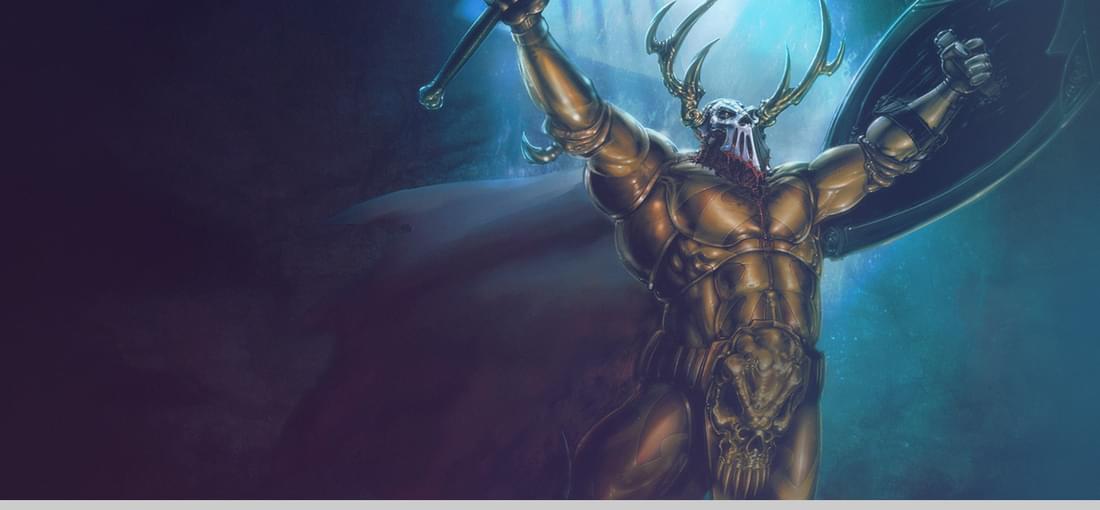



"The Suffering"- the original- is a pretty good game. "Ties That Bind" shares its (fairly imaginative) atmosphere and is linked by storyline. It's also the sort of game that reminds you video games have gone through multiple rough adolescences. It takes many of the basics of "The Suffering" and adds on many trends that popular games of the time were exploring- the two weapon limit and regenerating health, for example. Unfortunately, it didn't really integrate them well into gameplay. Your health regenerates very slowly to the half-way mark, and then stops, which is about two to two-and-a-half hits away from death against many enemies. Then you have two weapons- many of which can unload a full magazine on those same enemies without having them flinch. You might be thrown into an arena with boxes of unlimited ammo, but it just kind of underlines how poorly considered the underlying mechanics behind combat were balanced. Also, you will be repeatedly put into narrow spaces, often with characters you may want to protect (at least, if you're playing a "good" path), and then equipped with a grenade launcher, or surrounded by explosive barrels, or required to kill things in "monster" form (whose own attacks are broad and not at all conducive to selective targeting). Even if you don't care about escorting fragile non-hostiles, the narrow spaces and near-certain death of being hit by your own thrown weaponry or an explosive barrel turns many combats into a scene from a cartoon where someone lights a match only to discover they're in the gunpowder and TNT storage closet. In addition, they traded the ability to store healing items to use at will from the first game for that slow health regeneration mechanic. So look forward to that fourth wave of baddies standing between you and the checkpoint. Finally, if you played the first game towards a "good" morality, you're likely to find the ending a bit disappointing. TTB isn't terrible. It's just a lot of squandered potential.

I should begin by making the blasphemous statement that 75% of the game's tension flies out the window if you turn down speakers or take off headphones. Some will say that doing such a thing in a horror game is the player cheating themselves. But I think it's fair to note that the game gets a lot of mileage out of sudden crashes and musical stings, and it gets stale. It's an old trick- you can startle me by yelling in my ear, and make me uncomfortable in the knowledge that you might do it again, but that doesn't really build into anything richer. At least one other reviewer mentioned the "Silent Hill" series, and my memory is that those games managed to create a sense of dread, of wrongness, without jumping up and yelling "boo!" To its credit, the game does manage to fashion some of that sense of dread and wrongness. It's just that that richer horror is undercut by the jump-scares. It's like the designers said, "You know, of course, that the only real monster is man. And we have put you in the shoes of just such a monster... But in case that doesn't grab you, here's some ghosts. Wooooo!" The game is not without its cleverness. Some of the visual design is nice; the sense of things changing because you are or aren't looking at them is its best trick. There are moments, like the multi-story telephone puzzle, that will remain in my memory for a time. But I was only about two-thirds through before I started thinking, "Could you please just show me where the next trigger to advance is hiding, please?" That sense of weariness, combined with the game's themes of despair, make it increasingly hard to care about self-preservation. "Okay, I'm going to move towards the scary thing if that will pick up the pace. Oh, did that "kill" me? Did I just "die"?... Should I care...?" A few bugs, some awkward interface manipulations and the like, and the protagonist's limping pace don't help. There are worse ways to spend six hours and a sale price, but I wasn't infatuated.

Warlords Battlecry 2 is a fun real-time strategy title with an emphasis on the hero-leaders and the god-like Titan champions each race can summon near the end game. There are hours of fun play here, and the meta-game of trying to conquer the world one region at a time can be very entertaining. Fair warning, however: it's not an especially well-balanced game. The faster races will have taken over half the board by the time the slow-moving Dwarven races get properly mobilized. The humans get a resource-converting healer early, and it can make a huge difference. The fragile Fey are everyone's punching bag. And the Dark Elven Assassins (unit, or worse, hero) can wipe out a high-level hero or a multi-thousand resource titan with a single lucky hit. Delve into the heroic abilities, and you will probably find your own ways of breaking the game soon enough. Do not try playing this with friends who take their competitive gaming seriously, or you will lose some friends. Still, as long as you play it with an open mind and not too seriously, it's an amazingly expansive game. You'll develop a real affection for your favorite races and the tactics they make possible, and how those tactics play into the abilities brought to the field by your hero. Converting half of your opponent's buildings to your side while they aren't looking, sending dozens of quick-producing skeletons to harrass them, or watching the crystal roll into your coffers from a host of Ancient Wisps rarely gets old. It achieves, to my mind, the best balance of the Battlecry games. WBC 1 was an experiment, had fewer races, and had more obvious holes in its systems. WBC 3 has so many races that the lack of balancing becomes impossible to ignore, and has so many status effects going off at once in many battles that it becomes indecipherable what is and isn't working. If you like games in the Warcraft II mold, this is a fine addition to your collection, and one of the last grand sprite-based RTS games.